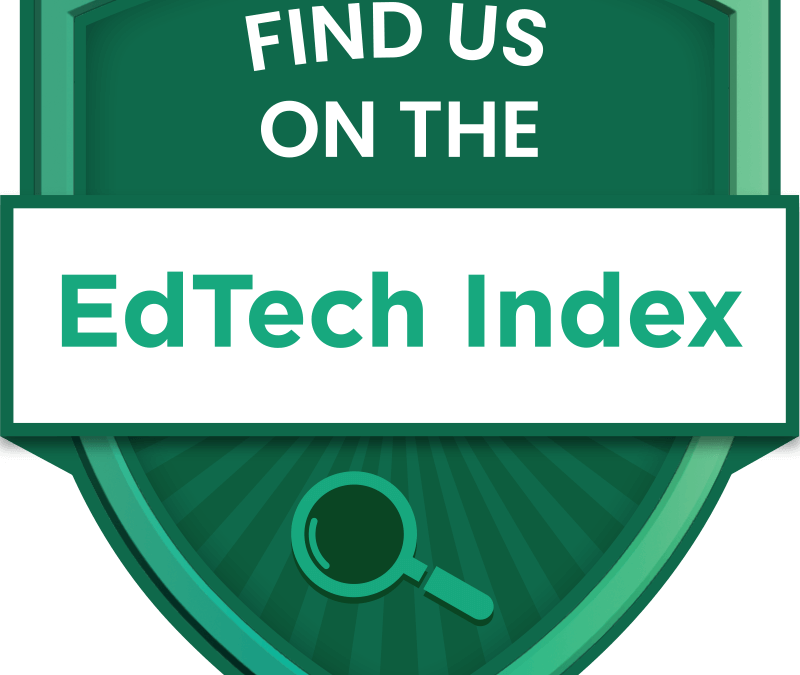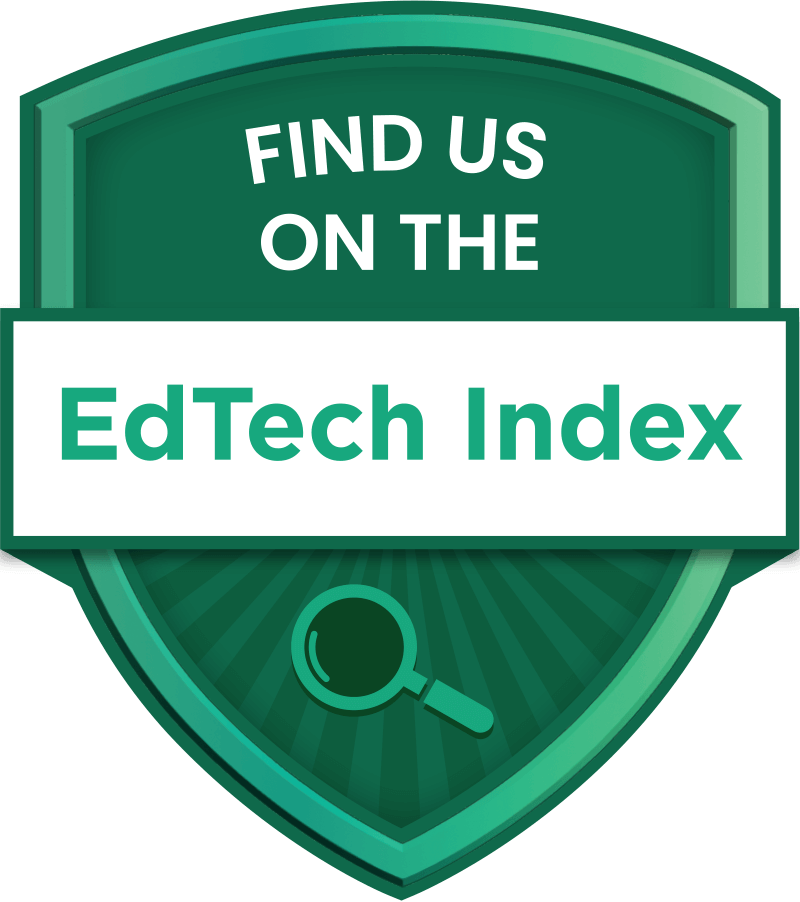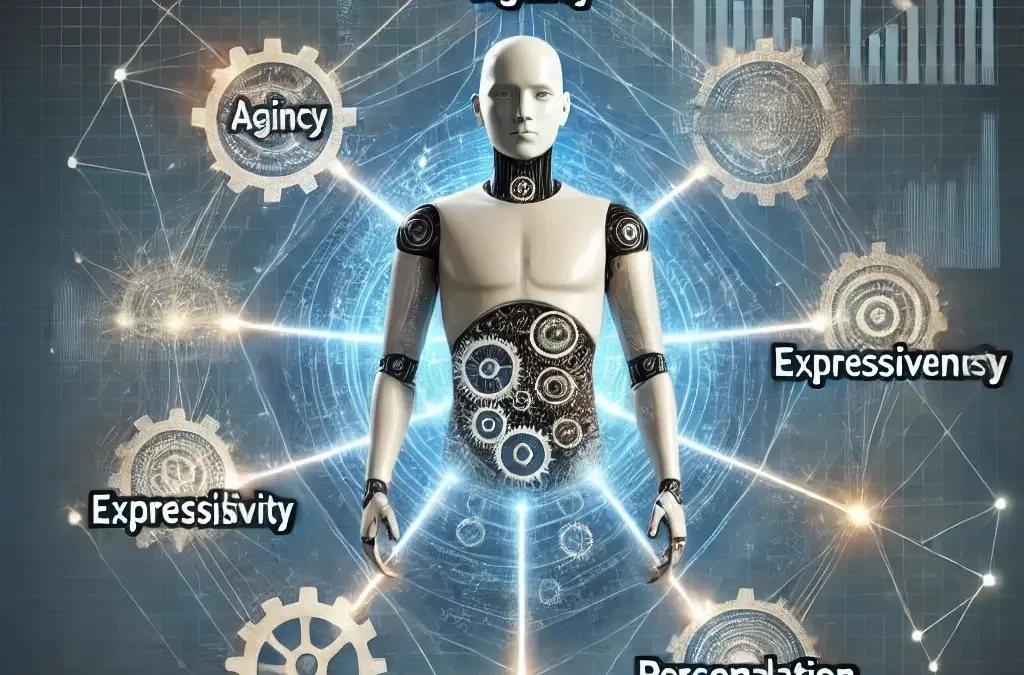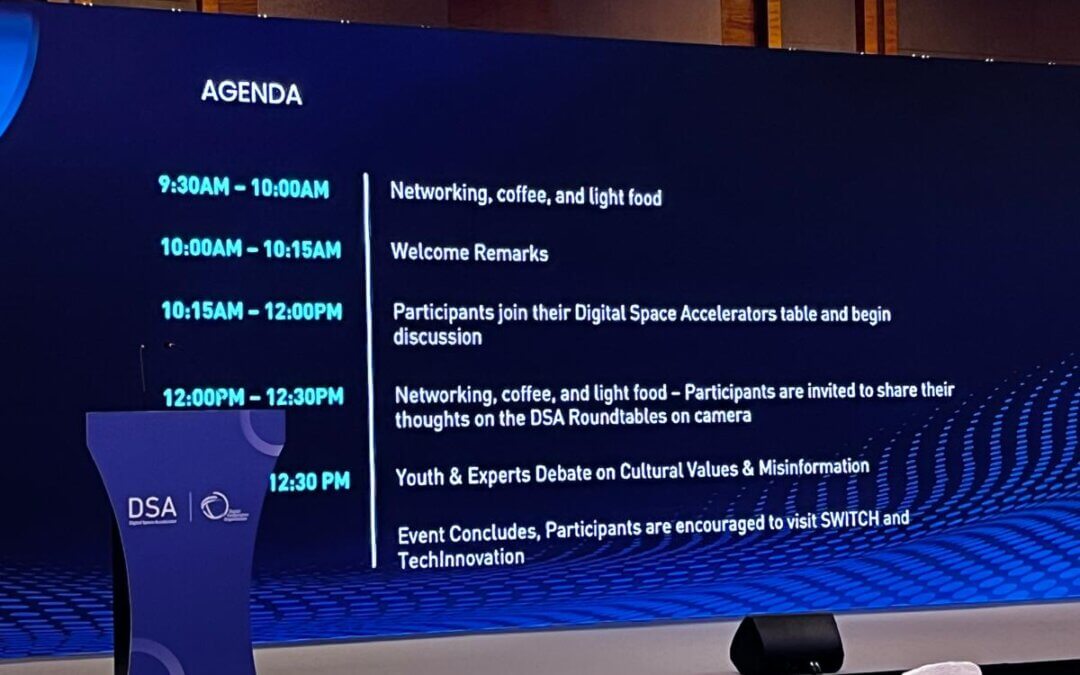1. Agency: The Power to Act
Agency refers to the degree to which an AI solution can independently set, modify, and act upon goals. High agency means the AI can take initiative and handle tasks autonomously, reducing the need for constant human oversight.
- Why It Matters: An AI with strong agency empowers your team by automating repetitive or complex tasks, freeing up time for strategic activities.
- What to Look For: Can the AI act on its own? Does it proactively solve problems or suggest actions? Does it adjust its behavior based on new inputs or changing circumstances?
For Example: Imagine an AI tool acting as a Business Development Representative (BDR). Instead of just responding to queries, it independently identifies prospects, nurtures leads, and schedules appointments. This level of autonomy transforms it from a simple assistant into an indispensable partner.
2. Interactivity: Seamless Engagement Across Modalities
Interactivity measures the range and fluidity of interactions the AI supports. This includes how well it handles input modalities (e.g., text, voice, gestures) and how intuitively it engages with users.
- Why It Matters: A highly interactive AI ensures smooth, intuitive communication, enhancing user satisfaction and trust.
- What to Look For: Does the AI support multiple input methods? How responsive is it to user queries? Does it adapt to different interaction styles?
For Example: In a customer service role, an interactive AI would seamlessly guide users through resolving issues, offering a conversational experience that feels natural and helpful. A higher degree of interactivity makes the AI more approachable and effective.
3. Expressiveness: Adapting to Human Emotions
Expressiveness relates to how well the AI adapts its tone, language, and behavior to suit the context of the interaction. This can include linguistic nuances, emotional intelligence, and even visual cues if applicable.
- Why It Matters: Expressiveness builds rapport. An AI that can tailor its communication style based on the situation makes interactions feel more personal and less mechanical.
- What to Look For: Does the AI adjust its tone and language to fit different scenarios? Can it demonstrate empathy or professionalism as required?
For Example: As a teaching assistant, an expressive AI would use encouraging language with students struggling to understand a concept, while maintaining a more formal tone with instructors during planning discussions.
4. Presentation: Professionalism and Relatability
Presentation evaluates how closely the AI mimics human features—either through physical or virtual representation—or how professionally it presents itself in interactions. While not all AI needs to resemble a human, how it “shows up” matters in building trust and engagement.
- Why It Matters: Presentation impacts relatability. A well-designed AI interface or avatar can foster trust and engagement, especially in customer-facing roles.
- What to Look For: Does the AI’s interface feel professional and polished? If applicable, does it use avatars or visual elements effectively?
For Example: While many AI systems rely solely on text, adding visual elements like avatars can make the AI more engaging, especially for roles like coaching or customer service.
5. Personalization: Tailoring the Experience
Personalization is the extent to which an AI customizes its responses and outputs based on the user’s history, preferences, and behaviors. This is one of the most critical dimensions for ensuring meaningful interactions.
- Why It Matters: Personalization builds loyalty. When users feel the AI “understands” them, it deepens trust and encourages continued use.
- What to Look For: Does the AI learn from past interactions? Can it adapt its recommendations to fit the specific needs of the user?
For Example: In a product expert role, a personalized AI might suggest features or solutions based on the user’s past queries, demonstrating its understanding of their unique requirements.









Recent Comments